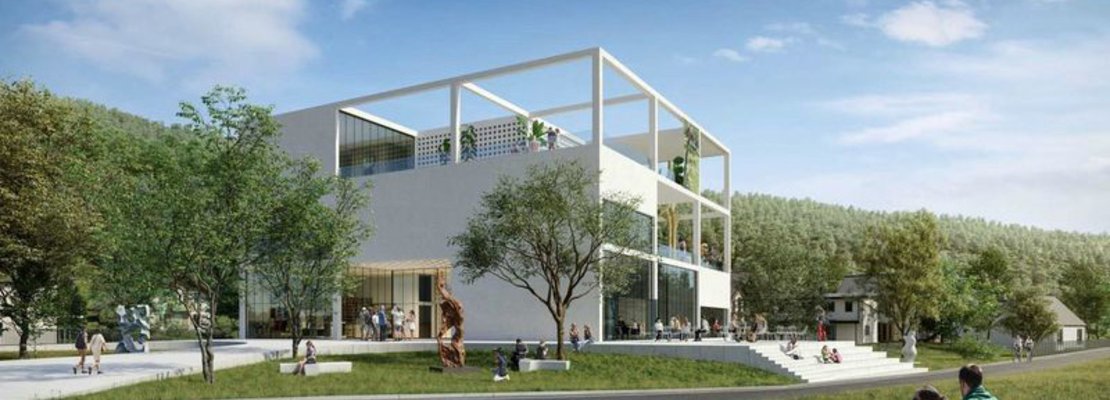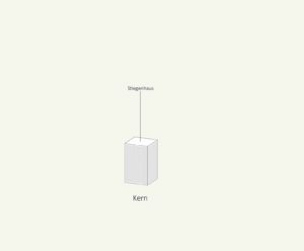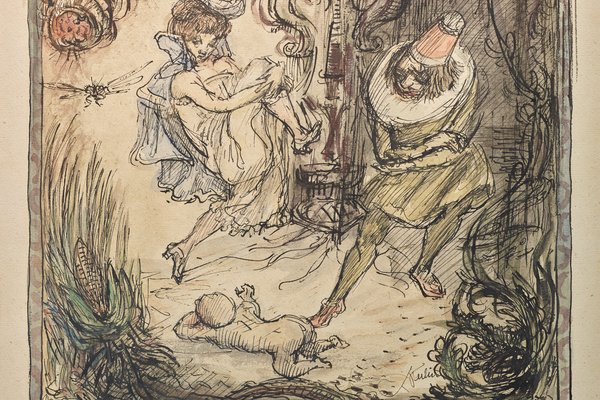The Building
The SCHÜTZ Art Museum is guided by the idea of facilitating an intensive encounter with art. Therefore, the Schütz family aims to provide its visitors with access to works of art historical significance. Works that include items that have rarely if ever been presented to the public.
Exhibits from the family collection, which bear witness to national and international art history, and paintings that range from the 19th century, the Jugendstil and Classic Modern periods to the avant-garde, Expressionism and contemporary art scene, are foreseen to secure preservation in an appropriate setting for future generations.
Furthermore, the Artists in Residence initiative is intended to furnish opportunities to enter into dialogues with international artists and also look over the shoulders of restorers.
A clear architectural structure mirrors this concentrated range of exhibition areas, storage facilities and spaces for interaction. Surrounding an open core, individual levels are so arranged as to allow the visitor to register each individual section in concentrated fashion and thus have a chance to stroll between the exhibition and theme areas. Apart from spatially opening up the object, this core also possesses an energy technology function, as it links the heat pumps in the floor of the building with the solar panels on the roof.
Ground Floor
The main entrance is located in the middle of the building’s south-east facade. One enters the foyer via a covered forecourt and the Café is located on the right and the Museum Shop on the left. Through a glass window, the furnishes a look into one, while from the terrace visitors are offered an uninterrupted Danube panorama. On the left is the ticket office, which also serves as the Museum Shop cash desk, and if one passes straight through the open stairwell, one enters the large, special exhibition gallery, which is 5m-high and column-free. The room has just one generously dimensioned window, which points in the direction of the Danube and all the other walls are closed, although indirect light is provided via openings in the ceiling. Once visitors walk through the spacious special exhibition gallery, they arrive back in the foyer via the Museum Shop.
1st Floor
One climbs to the first floor via the central, open staircase. The gallery containing the permanent exhibition is located opposite to the special exhibition hall on the ground floor. It is also 5m-high and has a large window pointing in the direction of the Danube, as well as closed walls and naturally indirect light from the ceiling. From the permanent exhibition gallery visitors come to a large terrace, which serves as a sculpture garden. Here the pieces are covered as protection against the weather and theft and in addition the sculpture terrace provides a splendid view of the Danube. Between the permanent exhibition gallery and the sculpture terrace are storerooms containing the controls for the heating of the building and offices, which are all directly accessible from a lift.
Feng Shui
In order to fulfil the objective of lending the project a subtle connection with China, the Schütz family decided to orientate the basic structure of the building in accordance with the Feng Shui trigrams. The open staircase forms the centre of the Museum and hence the Tai Ji. The core is the centre of gravity and the essence of the structure, and derives energy from all of its eight areas. It is planned to communicate openness and clarity and in addition, the Tai Ji links heaven and earth and is constantly active. Consequently, the open core is always illuminated even when the Museum is closed and is thus also visible as a landmark on the Danube in the night. All of the trigrams are located around the centre with the Dui in the west, the Quian in the north-west, the Kan in the north, the Kun in the south-west, the Gen in the north-east, the Li in the south, the Xun in the south-east and the Zhen in the east.



![[Translate to Englisch:]](/fileadmin/_processed_/5/0/csm_220003277-Lied-in-der-Daemmerung_541b54de67.jpg)
![[Translate to Englisch:]](/fileadmin/_processed_/e/7/csm_Hahnenschrei_16e03b3c2d.jpg)






